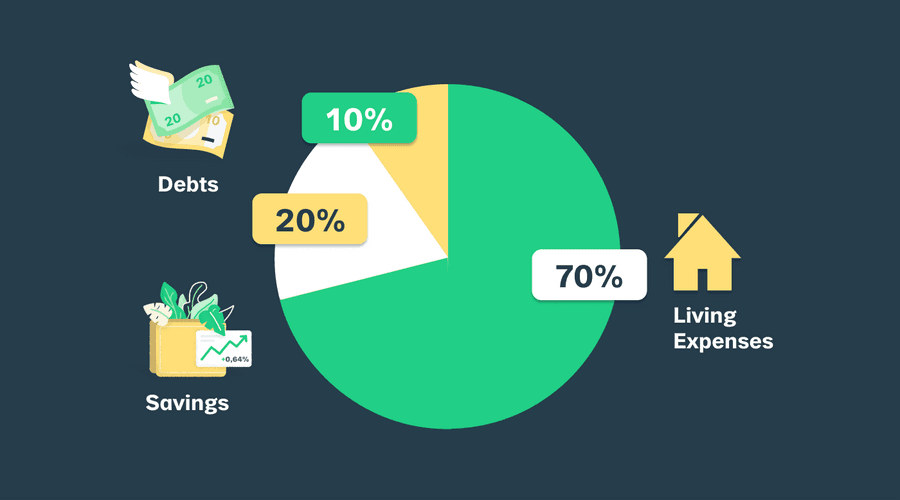Your Savings (20%)—
The remaining 20% of your income should be dedicated to savings, which includes building an emergency fund, investing for retirement, paying off debts, or saving for future goals like buying a house or starting a business. This portion helps secure your financial future and grants you peace of mind.
As a general rule of thumb, you should have at least 3 to 9 months of emergency savings on hand in case you lose your job or an unforeseen event occurs. After that, focus on retirement and meeting other financial goals down the road.
3
5 reads
CURATED FROM
IDEAS CURATED BY
Finance management is important, without which we will always struggle no matter how much money we make.
“
Similar ideas to Your Savings (20%)—
20%: Savings
Finally, try to allocate 20% of your net income to savings and investments. This includes adding money to an emergency fund in a bank savings account, making IRA contributions to a
Focus on...
- Building an emergency fund: set up an automatic weekly or monthly transfer from your checking account to your savings, then leave the savings alone until an emergency appears.
- Eliminating high-interest debt: Set up a simple debt repayment plan by organizing your debts b...
The 70:20:10 budgeting method
This method suggests that you allocate 70 percent of your income to expenses, 20 percent to savings, and the remaining 10 percent to debt.
70:20:10 may work for someone with a healthy emergency fund and minimal debt.
Read & Learn
20x Faster
without
deepstash
with
deepstash
with
deepstash
Personalized microlearning
—
100+ Learning Journeys
—
Access to 200,000+ ideas
—
Access to the mobile app
—
Unlimited idea saving
—
—
Unlimited history
—
—
Unlimited listening to ideas
—
—
Downloading & offline access
—
—
Supercharge your mind with one idea per day
Enter your email and spend 1 minute every day to learn something new.
I agree to receive email updates


